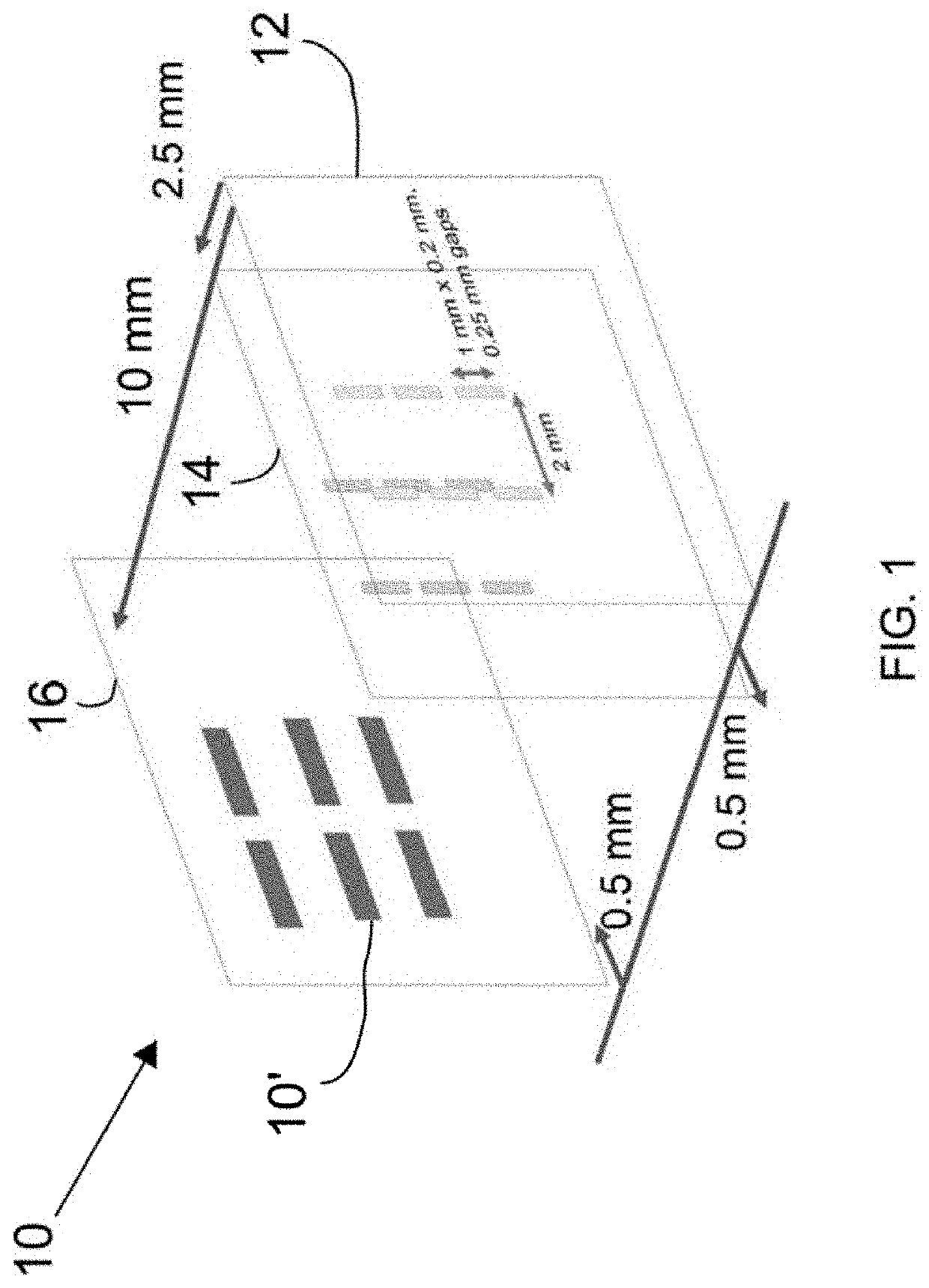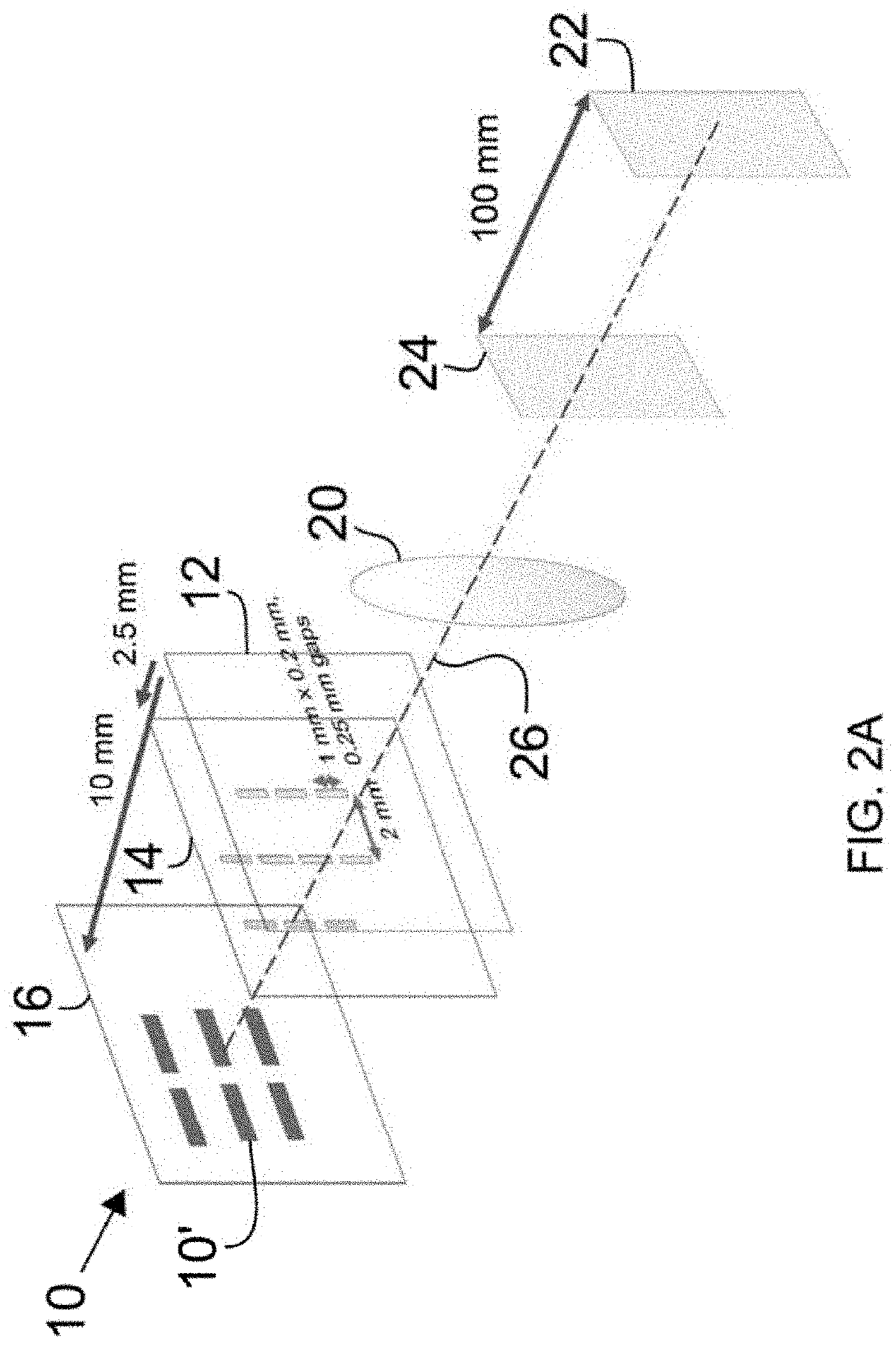3-dimensional x-ray imager
a 3d x-ray and imager technology, applied in the field of x-ray imaging, can solve the problem of limiting the extent of the object which can be imaged, and achieve the effects of high throughput, high resolution and time dependence removal
- Summary
- Abstract
- Description
- Claims
- Application Information
AI Technical Summary
Benefits of technology
Problems solved by technology
Method used
Image
Examples
Embodiment Construction
[0018]The invention combines two different hardware pieces. The first is an x-ray optic with a depth-of-field that is small compared to the object under investigation. Reflective Wolter type x-ray optics are one such design. These hollow optics have a relatively large collection efficiency and can be designed with a large field of view. The depth of focus, which is the distance over which a feature can be resolved along the imaging direction, is relatively small for these optics; it is typically small compared to the field of view. These optics have been used extensively in x-ray astronomy and in some cases for x-ray microscopy. The short depth of field distance is often considered a drawback to the design. However, when combined with a three-dimensional x-ray detector, it is possible to take advantage of the short depth of field to obtain additional information about the 3D structure of an object. One simple version of the 3D detector uses film. The x-rays are partially transmitted...
PUM
| Property | Measurement | Unit |
|---|---|---|
| depth resolution | aaaaa | aaaaa |
| energy | aaaaa | aaaaa |
| size | aaaaa | aaaaa |
Abstract
Description
Claims
Application Information
 Login to View More
Login to View More - R&D
- Intellectual Property
- Life Sciences
- Materials
- Tech Scout
- Unparalleled Data Quality
- Higher Quality Content
- 60% Fewer Hallucinations
Browse by: Latest US Patents, China's latest patents, Technical Efficacy Thesaurus, Application Domain, Technology Topic, Popular Technical Reports.
© 2025 PatSnap. All rights reserved.Legal|Privacy policy|Modern Slavery Act Transparency Statement|Sitemap|About US| Contact US: help@patsnap.com



